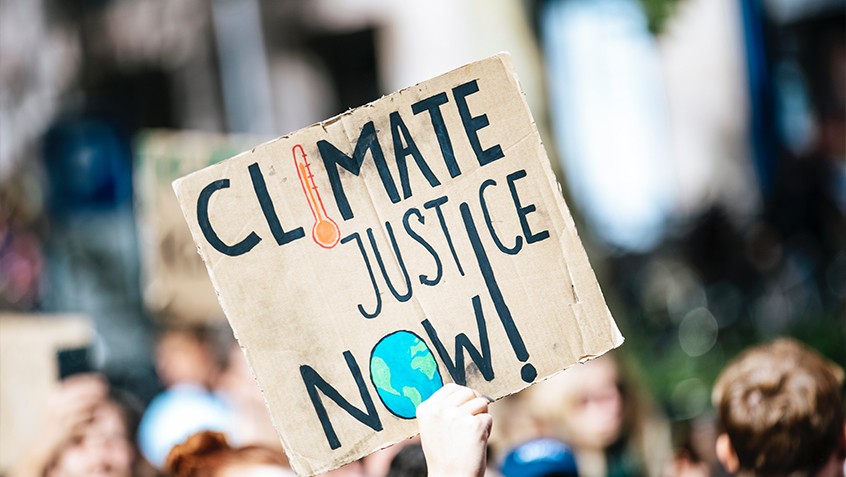- Date: 03/04/2023
- Author: Badar Alam
- Courtesy: UNDP - DAP - Volume 10, Issue 1
Consider Thar – a vast desert spread roughly over 20,000 square 1 kilometers. If it was located in the Persian Gulf, it could have been a separate country. Larger in size than Kuwait, it is endowed with massive energy sources — lignite coal reserves estimated to be 175 2 billion tonnes and capable of producing 100,000 megawatts of electricity for 200 years – just as several states in that region are.
This is as far as the similarities between the two regions go, since those living in Thar are among the poorest residents of Pakistan whereas the residents of Gulf have some of the highest per capita incomes in the world.
Similarly, per capita electricity consumption in the Gulf state of Bahrain is 17,844 3 kilowatt-hours whereas per capita electricity consumption in Pakistan is 4 merely 399 kilowatt-hours. It is even less in Thar where most people use a single electric bulb and fan in their homes.
Yet, there is already evidence that coal-mining and coal-based power generation in Thar is destroying its air quality and poisoning its water resources. This situation raises an important question: who will benefit from the loss of Thar’s natural and environmental resources? The answer involves a concept called climate justice.
This concepts rests on two basic premises: Firstly, rich countries and rich individuals living anywhere in the world use disproportionately high amounts of energy largely produced from fossil fuels such as oil and coal and thereby emit greenhouse gases such as methane, carbon monoxide and carbon dioxide in large quantities. These gases, in turn, cause climate change which is characterized by increased temperatures, rising sea-levels and severe weather events such as storm surges and heatwaves. The brunt of these climatic disruptions, in terms of their ecological, economic, social and medical costs, is, however, mostly borne by the poor– non-whites, women and indigenous communities living in rich nations and the residents of global south. Secondly, rich nations and wealthy individuals should be made to “take extra responsibility for fighting this crisis while keeping uppermost in 5 mind the needs of those most grievously affected”.
Scientists, researchers and scholars have gathered a lot of data about who contributes what to climate change. According to one estimate, the wealthiest one percent of the world’s population has produced more than twice as much carbon emissions as the 6 poorest half of the world”. On the other hand, the World Bank predicts that, by 2050, climate change will force 86 million people to 7 leave their homes in the poor states of Sub-Saharan Africa alone.
This is despite the fact that these states are responsible for only two percent emissions of greenhouse gases. In South Asia, which includes Pakistan, the estimated number of people to be displaced because of climate change over the next 25 years could be 40 million.
The complete piece can be viewed HERE!

